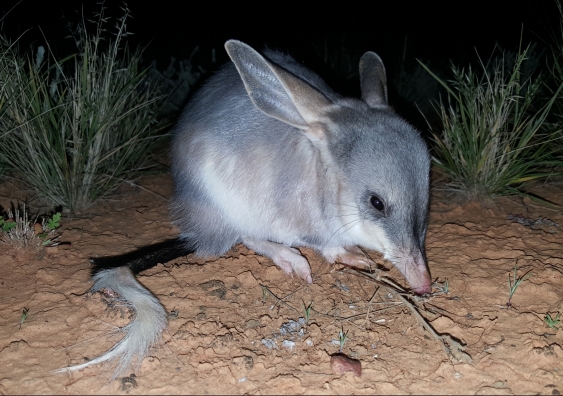Predator exposure can help vulnerable species survive in the wild
Bilbies vs. feral cats – a Hunger Games-style experiment conducted in a South Australian desert has produced fascinating results with important implications for the conservation of our endangered species.


